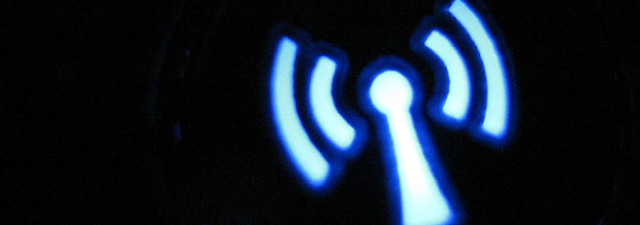If there’s something we all have in common as human beings, it’s a natural interest in the past and what it represents in society.
We’re able to learn so much about the world’s history through the form of historical sites like castles and museums home to thousands of precious artefacts.
They’re available everywhere for all to access and take for granted, which makes preservation so important – especially if future generations are to enjoy the fabric of this planet as well. And tech is being used to do just that.
Satellite imagery protecting ancient treasures from looters
In Egypt, looting is a major problem. It was only in 2013 that the country’s largest museum theft took place. During political unrest, looters staged an attack on Malawi Museum in the city of Minya and made off with some 1,000 artifacts.
However, there’s tech out there with the potential to halt such incidents. The University of Alabama has been able to use satellite imagery from DigitalGlobe and Google Earth to identify and monitor looting hotspots. This, the university believes, could help law enforcement prevent more looting.
Dr. Sarah Parcak, associate professor of anthropology at the University of Alabama at Birmingham, writes in a DigitalGlobe case study: “Looting is a very sophisticated crime conducted in large part by professional criminals that know exactly what they are looking for.”
“I am convinced that satellite imagery is an ideal tool to track looting patterns, given that looting is commonly characterized by the digging of many small shallow pits that high-resolution imagery could easily identify, track and monitor over time.”
LED lighting reducing carbon emissions in art galleries and giving them a new lease of life
London’s National Gallery, where some of the world’s most prized paintings are based, is capitalising on LED lighting to reduce its carbon emissions and improve the quality of life in all its picture galleries.
It’s been combining these lights with a system that’s able to adjust external roof light blinds according to the amount and angle of sunlight automatically. The gallery says it’s the first institution to do this and says the technology ensures that only diffused light is present. Before, it was using a system that distracted visitors by constantly going on and off.
There are a number of benefits here. For example, these LED lights can be dimmed with no change in colour temperature. Plus, because they’re energy-efficient and low-maintenance, the gallery is able to reduce its lighting energy consumption by 85% – helping to protect precious paintings.
Tourist destinations using wifi logging tech
Antwerp in Flanders, Belgium, is a popular tourist destination. It’s home to range of historic attractions, including the former lodgings and studio of Paul Rubens, The Rubens House, as well as a museum called MAS.
The Museums and Heritage Association is responsible for overseeing the operations of these sites but also works on the restoration and storage of their collections. The problem is that the association looks after over 8000 artifacts, 1.46 million books and around 9,500 archives based all around the city.
The change of temperature and humidity can threaten the condition of these items. A solution? Corintech’s wifi-based temperature sensors along with the FilesThruTheAi Cloud storage service. The MHA has invested in fifty of the sensors, which have been quickly deployed in locations across the city. They’re capable of capturing data every six hours, constantly, feeding it all into the cloud site.
What’s great is that the sensors provide restorers with a constant way to monitor temperature and humidity levels throughout a range of sites, simply by using their phones, and at a lower price. Because of this, the association has been able to invest more money in the sensors to carry on protecting the artefacts and sites it works with.
Laser scanners to produce 3D maps of historical sites
In 2013, Australian researchers from the Commonwealth Scientific and Industrial Research Organisation created the world’s first 3D map of the Leaning Tower of Pisa in just 20 minutes using a handheld mapping system the Zebedee.
The device sports a lightweight laser scanner capable of sustaining a range of 15-30m and an industrial-grade MEMS inertial measurement unit (IMU), which measures and reports on velocity, orientation and gravitational forces. The latter is mounted on a spring mechanism.
How does it work, you may be thinking? A user simply holds the device while moving through an environment rotational motion, and while that happens, the scanner produces a 3D representation.
From all the examples above, you can see that technology is being used in different ways to protect – and grace – this planet’s historic fabric. This will no doubt continue as technology becomes more advanced, as will our fascination of the past.









